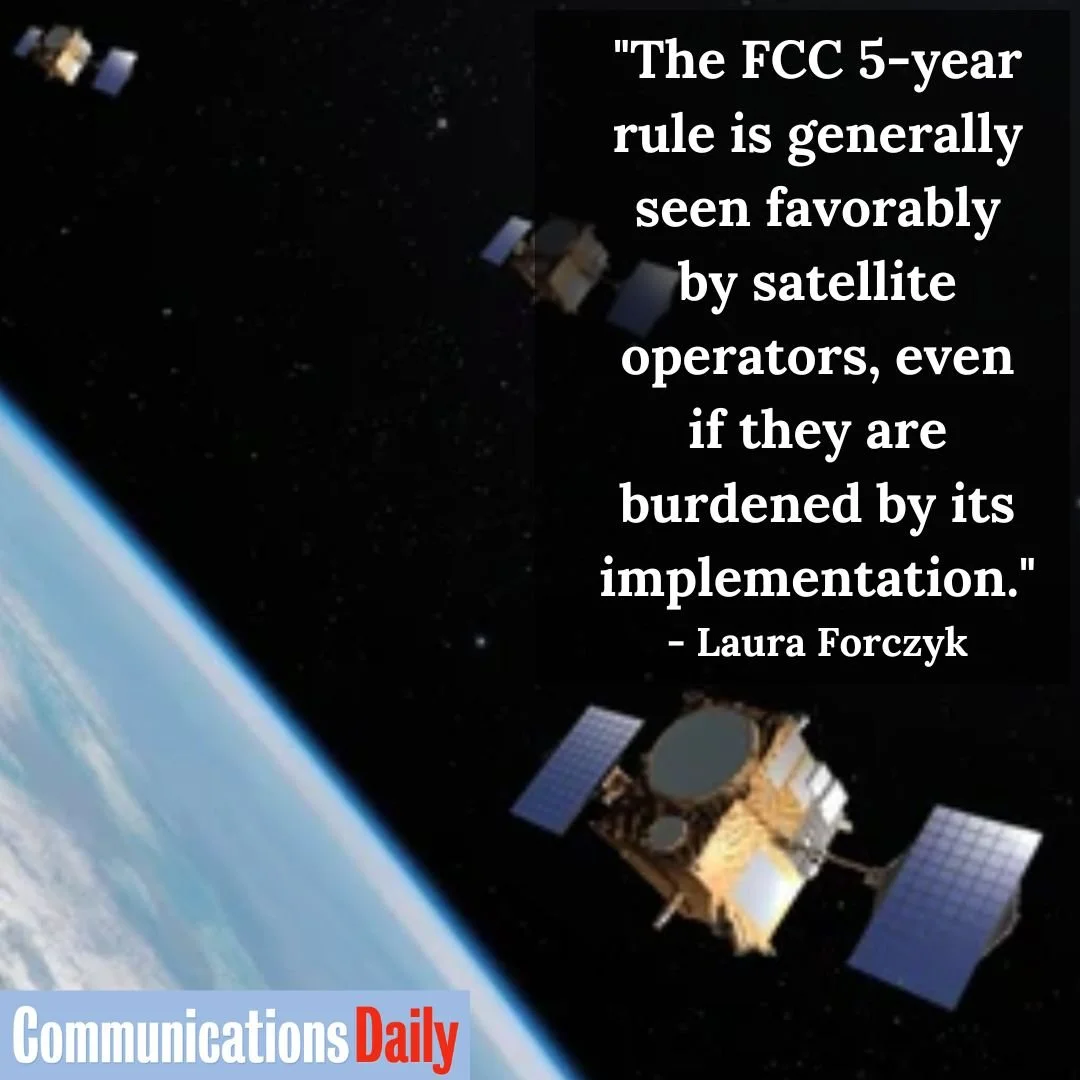Lunar Gateway is a Distraction
Want space insights like these in your inbox? Subscribe for weekly analysis.
My heart goes out to the Astrobotic Peregrine team and all those who were carrying payloads expecting to land on the Moon. While we knew the Commercial Lunar Payload Services (CLPS) missions would be risky, and NASA predicted a success rate of only 50%, it’s still heartbreaking to see mission failure.
Can’t get enough of Moon landings? All eyes will be on JAXA’s Smart Lander for Investigating Moon (SLIM), hoping to touch down on Friday, January 19, and Intuitive Machines IM-1, hoping to launch in February. We’re rooting them on!
Astralytical specializes in helping companies grow their businesses in space through actionable data analytics, especially in the areas of lunar/cislunar, spaceports, and space stations. Get in touch to discuss how we may be able to help get you more business in 2024.
All the best,
Laura Forczyk, Executive Director
Credit: NASA
Lunar Gateway is a Distraction
On Jan. 7, UAE’s Mohammed bin Rashid Space Centre (MBRSC) announced it will contribute the Crew and Science Airlock for NASA’s Gateway space station in lunar orbit. Initially, it was thought Russia would contribute the airlock module, but Russia has declined to participate in the Artemis program. In exchange for the airlock, an astronaut from the UAE will get a seat on a future Artemis mission.
“Gateway represents the physical manifestation of the international nature of Artemis,” Mike Gold of Redwire and one of the creators of the Artemis Accords told Space News.
The UAE is an original signatory of the US-led Artemis Accords. The partnership is important to foster. And the airlock is a critical piece of Gateway hardware.
But it is a shame such collaborations contribute to the development of the Gateway, a temporary non-crucial piece of the overall Artemis program, and not toward a permanent and sustainable lunar base.
Flexibility
The flexibility of the Gateway architecture was initially its greatest strength. The concept of Gateway has been around for decades, but the Gateway program was established during a transition when it wasn’t clear Artemis was going to move forward. If political leaders soured on the idea of lunar surface missions, Gateway could be repurposed to send humans to Mars, asteroids, or elsewhere.
As Artemis became solidified as the program of record and survived a presidential administration transition, the flexibility of Gateway because less important. Gateway is not on the critical path to landing humans on the Moon and is now included as a waypoint to justify its existence.
Funding
Gateway costs money and funding is finite.
2019: $450 million had been committed by Congress for preliminary studies
2019: Maxar was awarded $375 million to build the Power and Propulsion Element (PPE)
2020: Northrop Grumman Innovation Systems was awarded $187 million to complete the preliminary design of Habitation and Logistics Outpost (HALO)
2021: Northrop Grumman was awarded $935 million for the fabrication of the HALO and integration with the PPE
2021: SpaceX was awarded $331.8 million to launch PPE and HALO on a Falcon Heavy, currently scheduled for November 2025 (but likely to slip to 2026)
2023: The White House / NASA requested $914.2 million for Gateway in FY2024
International Cooperation
The following are partners with NASA on the Gateway program:
European Space Agency (ESA), contributing the International Habitation module, I-HAB
Canadian Space Agency (CSA), contributing advanced external robotics (Canadarm)
Japan Aerospace Exploration Agency (JAXA), contributing several capabilities for the Gateway’s I-HAB
And now MBRSC contributing the Crew and Science Airlock
The first three of those organizations are also partners on the International Space Station. It can be argued that the Gateway represents an already familiar path toward partnership in cislunar and lunar activities.
Astralytical Analysis
A habitable space station isn’t needed to measure the deep space radiation environment or to conduct lunar science in orbit; uncrewed satellites are the more appropriate and affordable instruments for these purposes.
Gateway only has resources to be crewed 1 month out of a year, minimizing its human space science return.
Gateway is not crucial for international cooperation in the Artemis program. If Gateway did not exist, such efforts would be put towards gaining partners and contributors for Artemis Base Camp. NASA and Congress have entirely ignored Artemis Base Camp as a “later” issue, having little funding or incentive to focus on it.
China is rallying international support for its International Lunar Research Station, a lunar base, without the expense and complexity of a lunar space station.
Gateway is a distraction from the main purpose and legacy of the Artemis program: a sustainable lunar base.
Gateway is unlikely to be canceled because of existing international commitments.
Recent Astralytical Insights
Credit: SpaceX
It’s a SpaceX World (Everyone Else is Playing Catch-up)
By John Holst
SpaceX was not just dominant in 2023, it humiliated its competitors. We see this in launch services, in spacecraft operations (and, logically, manufacturing), and the tremendous mass its rockets lifted to orbit.
Astralytical in the News
Private U.S. Lunar Lander Suffers ‘Critical’ Anomaly after Launch
“The disappointment of Peregrine now having an anomaly, while it is unfortunate, was not unexpected. I had braced myself for the prospect of failure,” says Laura Forczyk, founder of the space industry consulting firm Astralytical.
“When you think about the future of the Artemis program, this is just the very beginning,” Forczyk says. “These robotic landers are the initial steps.”
5-Year Deorbit Rule Won't Prompt Timing, Licensing Locale Shakeups
Given the years it can take to get a payload on a launch manifest -- compounded when dealing with multiple satellites such as a constellation -- "there is neither the time nor the launch vehicle availability to rush to get satellites into LEO before September," emailed Laura Forczyk, executive director-founder of space consultancy Astralytical.
Constellation operators generally want to be good stewards of the orbital environment "because irresponsible behavior and crowded orbits harm everyone, themselves included," she added. "It costs resources for satellite operators to respond to conjunction warnings and conduct their own risk analysis," Forczyk said. "The FCC 5-year rule is generally seen favorably by satellite operators, even if they are burdened by its implementation."
Thank you for being part of the Astralytical community! If we can help you grow your business in space, please reach out. We’re happy to discuss your situation and goals.




